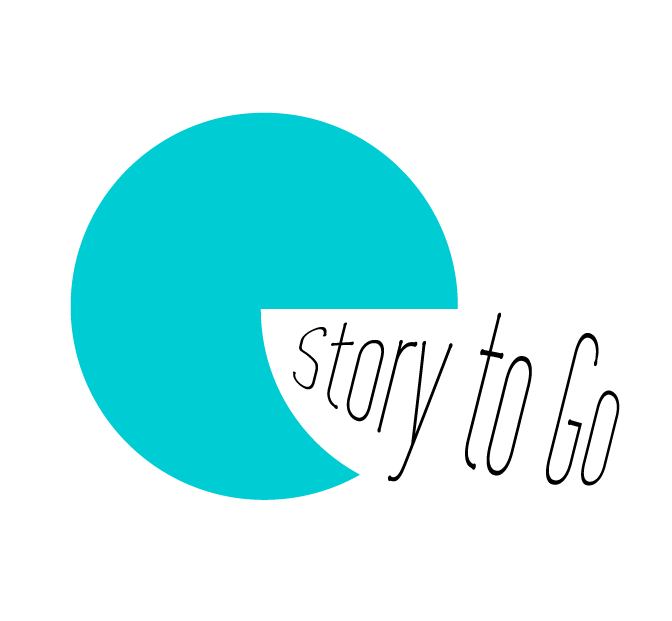Course References for Two Truths and a Lie
Acer buergerianum. (2017, March 30). Retrieved from https://en.wikipedia.org/wiki/Acer_buergerianum
Carson, J. (2017). What is fake news? It’s origins and how it grew in 2016. The Telegraph, March 20, 2017. Retrieved from http://www.telegraph.co.uk/technology/0/fake-news-origins-grew-2016/
Cook, J., Lewandowsky, S. (2012), The Debunking handbook. St. Lucia, Australia: University of Queensland. Retrieved from http://sks.to/debunk
Donald, B. (2016). Stanford researchers find students have trouble judging the credibility of information online. November 22, 2016. Retrieved from https://ed.stanford.edu/news/stanford-researchers-find-students-have-trouble-judging-credibility-information-online
Donath, J. (2016). Why fake news stories thrive online. Retrieved from http://www.cnn.com/2016/11/20/opinions/fake-news-stories-thrive-donath/index.html
Giraffe. (2017, March 31). Retrieved from https://en.wikipedia.org/wiki/Giraffe
Hippopotamus. (2017, April 02). Retrieved from https://en.wikipedia.org/wiki/Hippopotamus
House Hippo. (2017, March 23). Retrieved from https://en.wikipedia.org/wiki/House_Hippo
Improving Wikipedia, a Class at a Time. (2016, November). NSTA Reports, 28(4): 14-15. Retrieved from http://static.nsta.org/pdfs/nstareports/nstareports201611.pdf)
Maheshwari, S. (2016). How fake news goes viral. New York Times, November 20, 2016. Retrieved from https://www.nytimes.com/2016/11/20/business/media/how-fake-news-spreads.html?_r=1
Michael. (2011 , April 5). Petite Lap Giraffe: A Tiny Viral Marketing Success. Retrieved March, from http://brandchannel.com/2011/04/05/petite-lap-giraffe-a-tiny-viral-marketing-success/
Moose. (2017, April 02). Retrieved from https://en.wikipedia.org/wiki/Moose
Murray, A. (2016). How to report fake news to social media. November 22, 2016. Retrieved from http://www.bbc.com/news/38053324
Oliver, J.T. (2015) One-Shot Wikipedia: and edit sprint toward information literacy. Reference Services Review, 43(1): 81-97, available from https://www.researchgate.net/publication/272388165_One-shot_Wikipedia_an_edit-sprint_toward_information_literacy
Petersen, R. (2009, July 15). Retrieved from https://www.youtube.com/watch?v=l5GJTdkLOSw
Pogue, D. (2017). The ultimate cure for the fake news epidemic will be more skeptical readers. Scientific American, February 1, 2017. Retrieved from https://www.scientificamerican.com/article/the-ultimate-cure-for-the-fake-news-epidemic-will-be-more-skeptical-readers
Quattrociocchi, W. (2016). How does misinformation spread online. January 14, 2016. Retrieved from https://www.weforum.org/agenda/2016/01/q-a-walter-quattrociocchi-digital-wildfires/
Shao, C., Ciampaglia, G.L., Flammini, A. & Menczer, F. (2016). Hoaxy: a platform for tracking online misinformation. Third Workshop on Social News On the Web. Retrieved from https://arxiv.org/abs/1603.01511
Sokoblovsky Farms. (2011). Retrieved from http://journalofpetitelapgiraffescience.weebly.com/sokoblovsky-farms.html
Stanford History Education Group. (2016) Evaluating information: the cornerstone of civic online reasoning. Executive summary. Retreived from https://sheg.stanford.edu/upload/V3LessonPlans/Executive%20Summary%2011.21.16.pdf
The White Moose Forest. (2014, June 14). Retrieved March, 2017, from http://www.ontarioparks.com/parksblog/the-white-moose-forest/
Western University, 2012. Evaluating sources. (Video File). Retrieved from: https://www.youtube.com/watch?v=EyMT08mD7Ds
Wineberg, S. and McGrew, S. (2016). Why students can’t Google their way to the truth. Education Week. November 1, 2016. Retrieved from http://www.edweek.org/ew/articles/2016/11/02/why-students-cant-google-their-way-to.html
